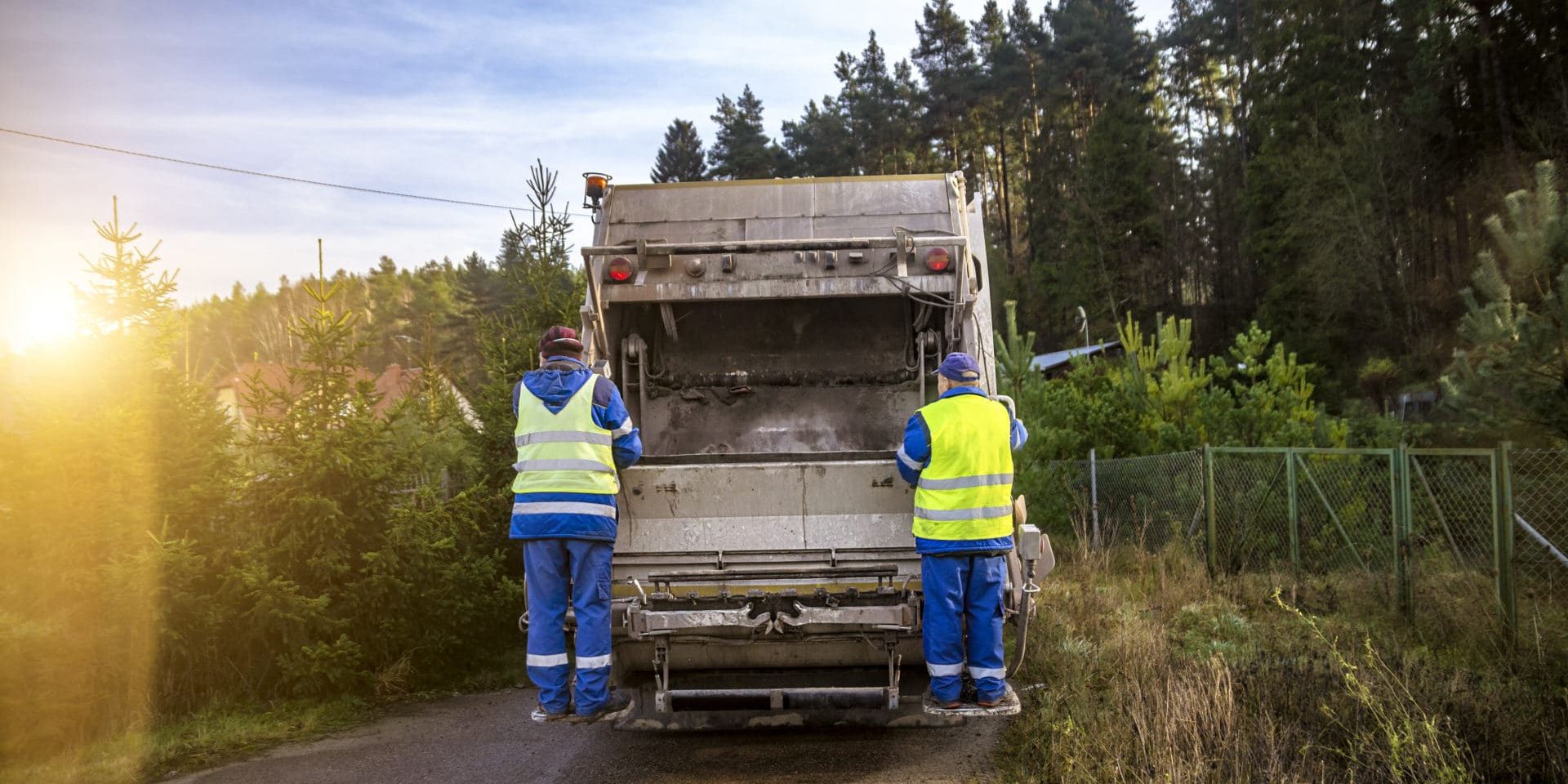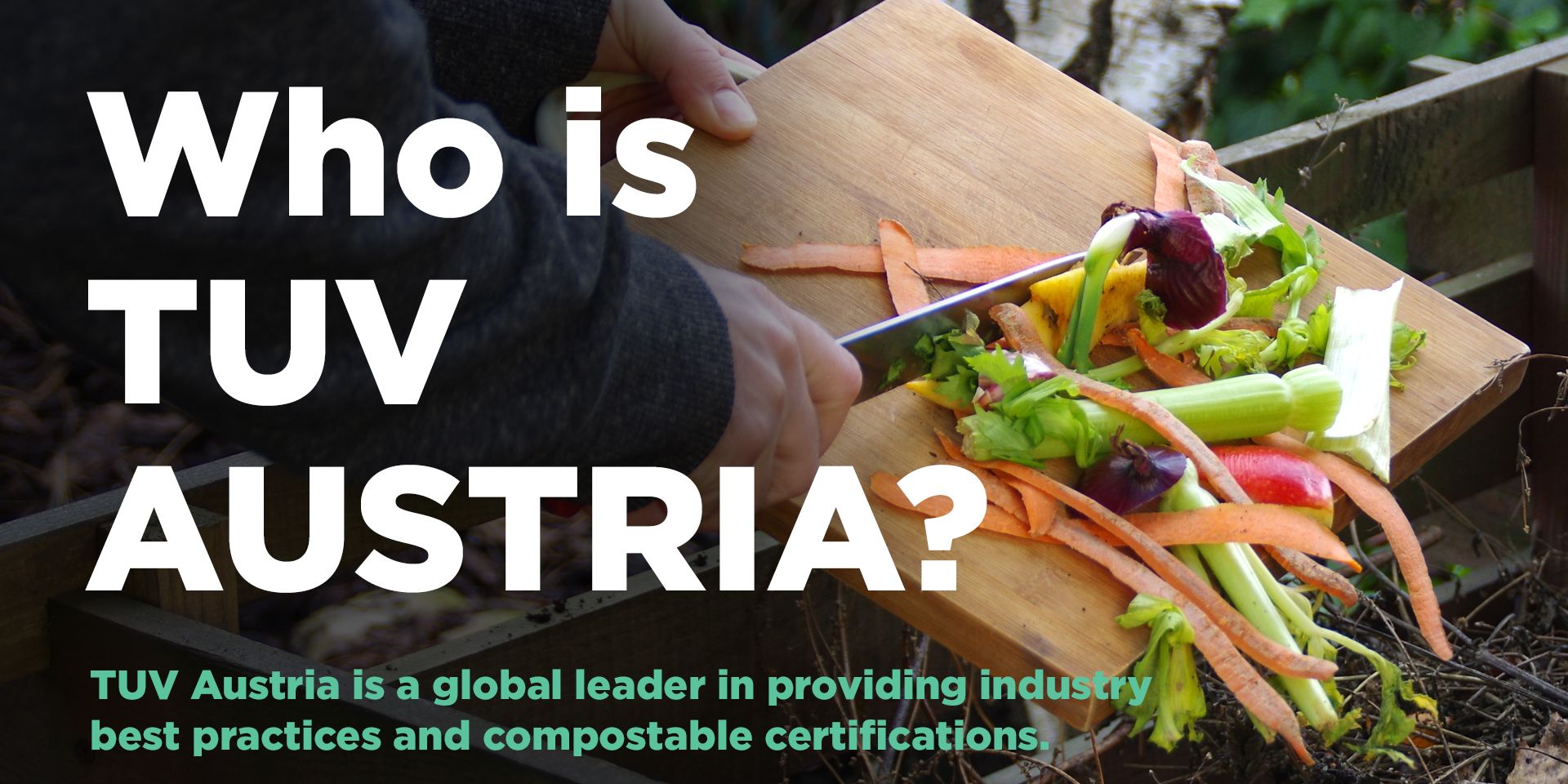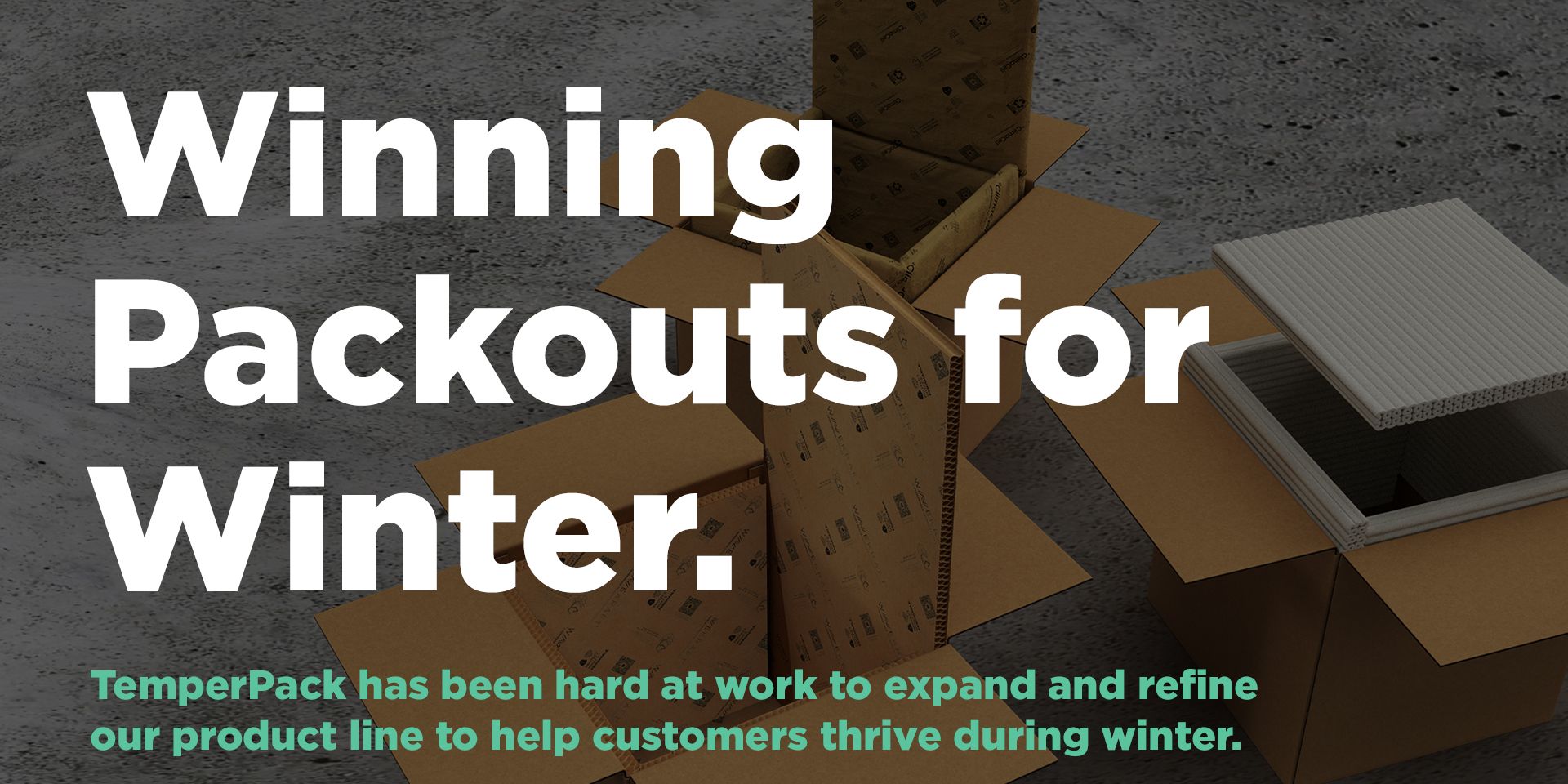If your company makes or ships a product that needs to be kept cool, cold, frozen, or hot, thermal packaging plays a huge role in your future. This post contains the What, Why, and How of thermal packaging that sustains the planet and your business.
As our on-demand economy grows, whether you prepare fresh meal kits, frozen steaks, or ice cream, or develop cutting-edge biologic medicines, vaccines, reagents, there’s a good chance your customers want it delivered to their door, or will soon.
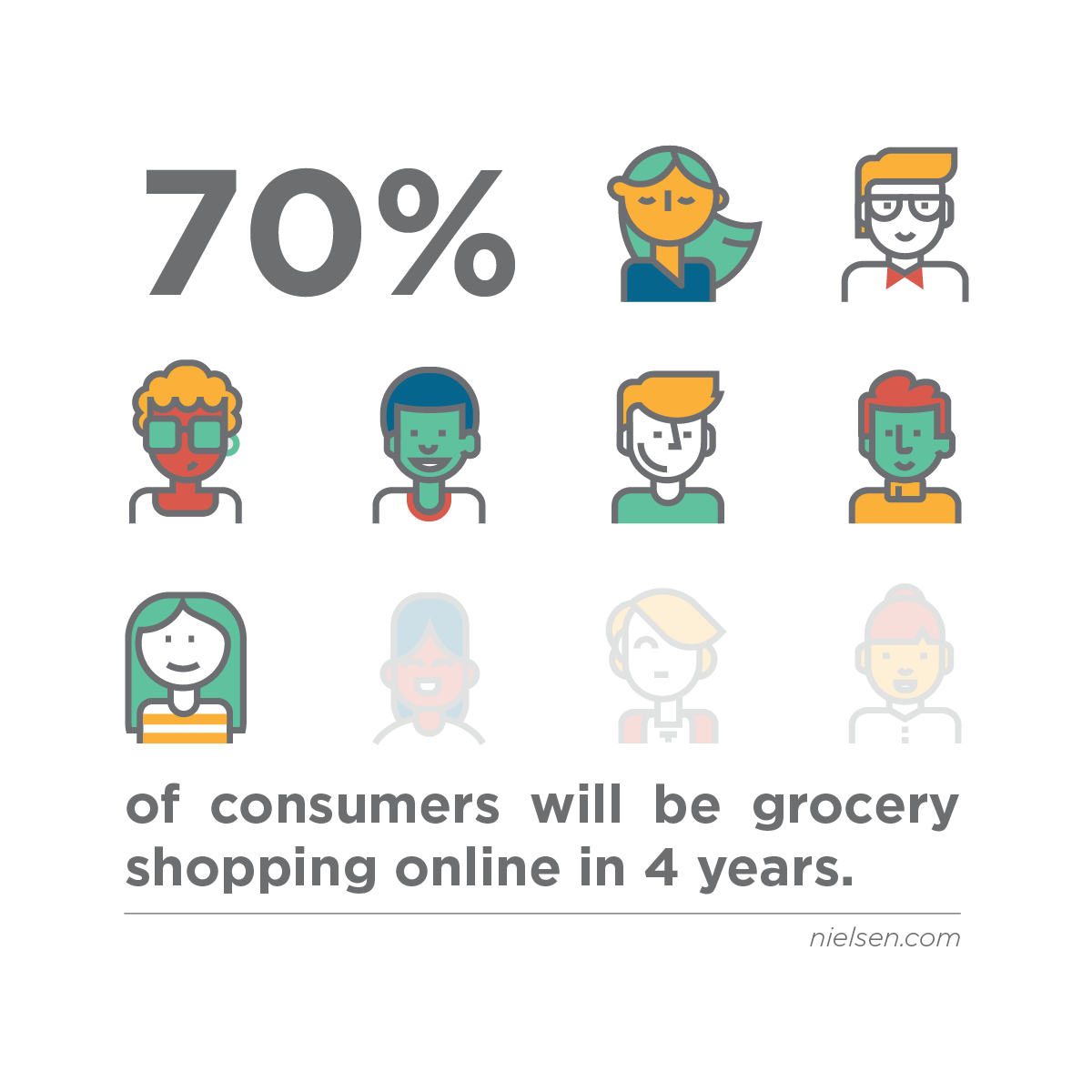
According to Nielsen, consumers will spend roughly $100 billion in online groceries by 2025.
Protecting those perishable shipments is the humble job of thermal packaging. This job used to be a dirty one, done by expanded polystyrene foam. If you don’t know what EPS is, it looks like this:
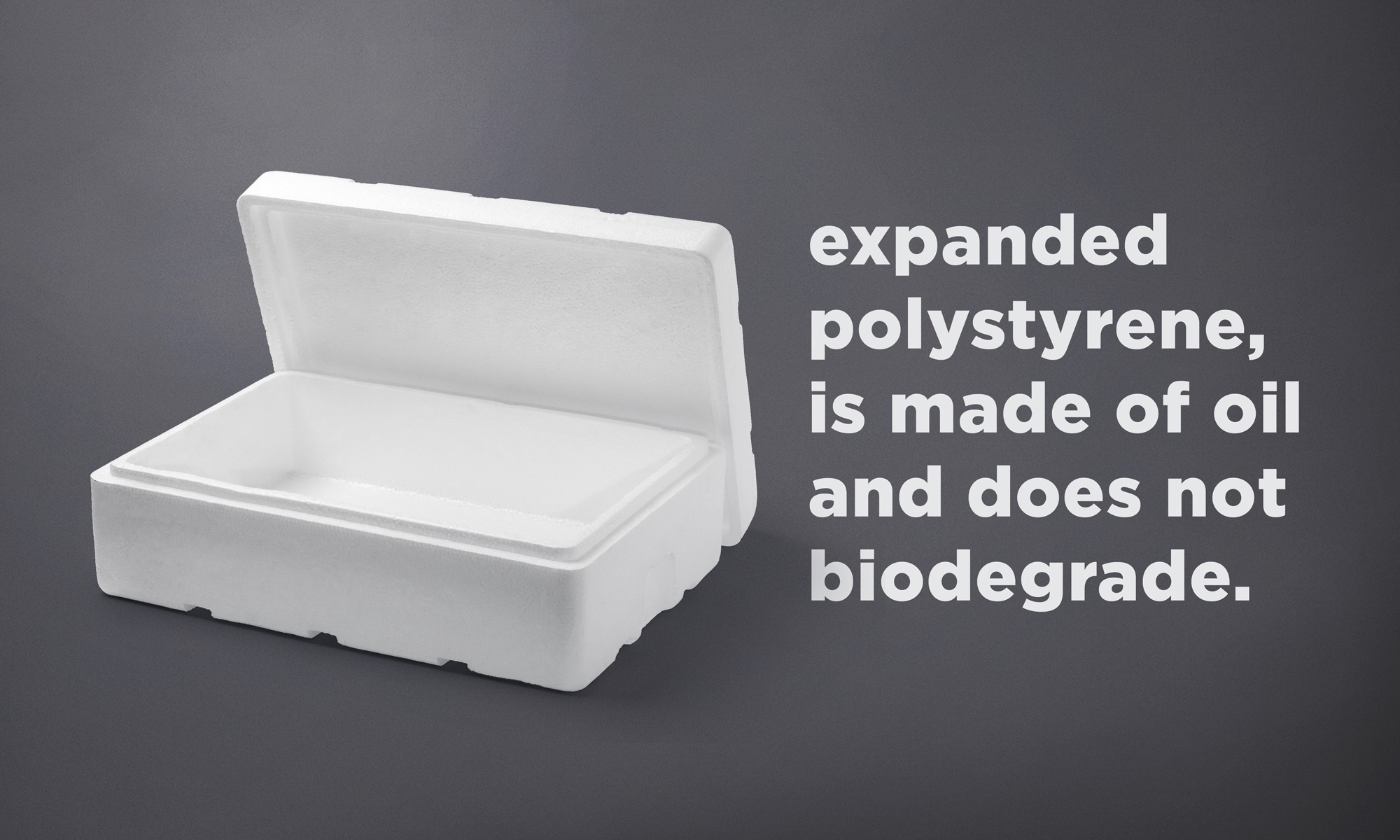
EPS does the job really well.
It’s inexpensive, but it’s plastic, cannot be recycled, and probably causes cancer, according to the World Health Organization. EPS also adds to landfills, where it might live forever.
This is a real problem.
According to the EPA, containers and packaging account for 23% of the 150 million tons of waste that goes into landfills every year. That’s like 1,100 Statues of Liberty worth of packaging going into landfills every year!
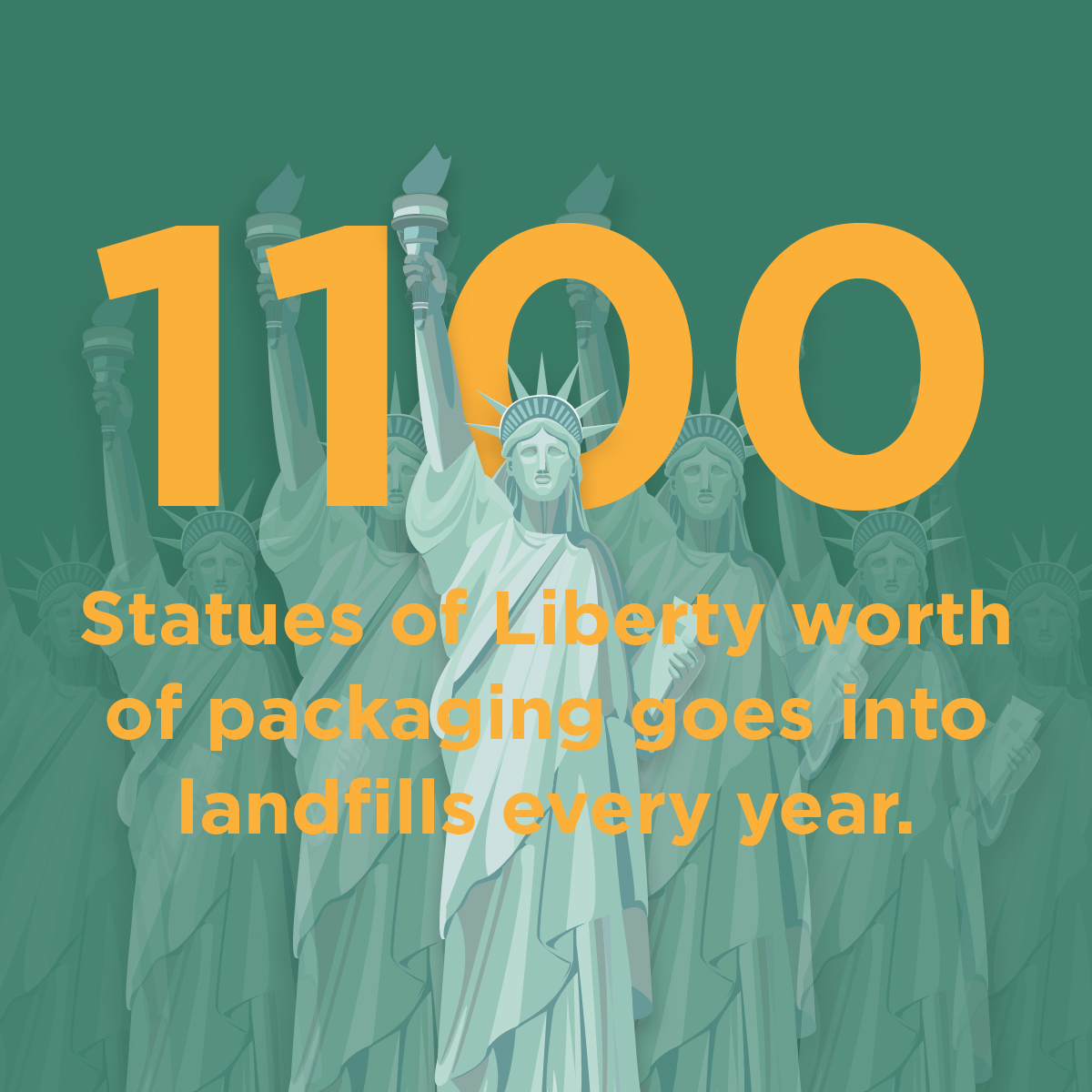
But the good news is, more sustainable packaging is available today. These more sustainable options protect as well, can save you money, and are within reach.
In the next few sections, we’ll be talking about principles of sustainable packaging, thermal packaging basics, and how you can bring them together for a winning solution for your customers, the planet, and your business.
Part 1
What is Sustainable Packaging?
Sustainable packaging solutions are materials that take into account the entire life cycle of their usage.
Most packaging serves a single-use function and rarely takes into account where it will end up. Sustainable packaging can be a combination of different elements that reduce the carbon footprint, utilize rapidly-renewable inputs, and improve the lifecycle or reusability of the overall packaging.
There are many characteristics that impact how sustainable a packaging solution is. Here are a few:
Recyclable
Can be remanufactured into another product after use, unlike single-use plastics or synthetic foams.
Non-toxic
Does not release harmful chemicals or poisons into the earth.
Degradable
Will break down using natural forces such as air, light, and water, or chemical additives.
Compostable
Can be reused as rich a planting material even after the product’s original purpose is completed.
Many more factors exist in the sustainable packaging field, although these four are perhaps the most sought-after by Fortune 500 companies in the world today. Be sure to choose a factor or combination of factors that make the biggest impact on your company.
Part 2
Basic Principles Of Sustainable Packaging
As a general rule, the creation of sustainable packaging must adhere to certain guidelines under the protection of the Sustainable Packaging Coalition (SPC). The goal of the SPC is to help educate brand and business managers in government regulations regarding the proper distribution and management of sustainable packaging materials.
According to the SPC, there are four traits that packaging products should exhibit to be truly sustainable in every sense. These are:
Effective
Optimized in all aspects of its objective, and ultimately capable of being recovered and repurposed within an industry.
Efficient
Produces the highest amount of value possible. This includes saving time, money, and energy in the packaging process.
Cyclic
Can be reused or repurposed multiple times within its life cycle, mitigating the need for waste.
Safe
It is not only safe for consumer consumption but even healthful and beneficial as well.
It’s not easy to achieve all of these goals, even for relatively simple packaging solutions. Given the low cost of conventional single-use plastic packaging, even companies with the best intentions rarely get an A+ on each of those four metrics.
Reaching these sustainability goals is much more complicated when we’re talking about the much more complex challenge of thermal packaging.
Part 3
What is Thermal Packaging?
Thermal packaging is packaging that insulates a product against temperature change.
It includes any packaging solutions whose primary goal is to preserve, maintain, and otherwise insulate a product against heat or cold that could harm its integrity. In most cases, the enemy is heat.
Thermal packaging is particularly important to industries that require safe transit with little to no changes in product temperature. These commonly include chemicals or medications, foodstuffs, and plants or seeds.
Typically, thermal packaging requires three core components:
Coolant
Coolants are components that actively create temperature change. The most common ones include ice, gel packs, dry ice.
- Dry ice is extremely cold, frozen carbon and dissipates over time, leaving nothing behind to dispose of.
- Gel packs are frozen liquid inside of a bag or container. Some are drain-safe, others need to be thrown away, some are even made of plant fertilizer and maybe once again returned to the earth.
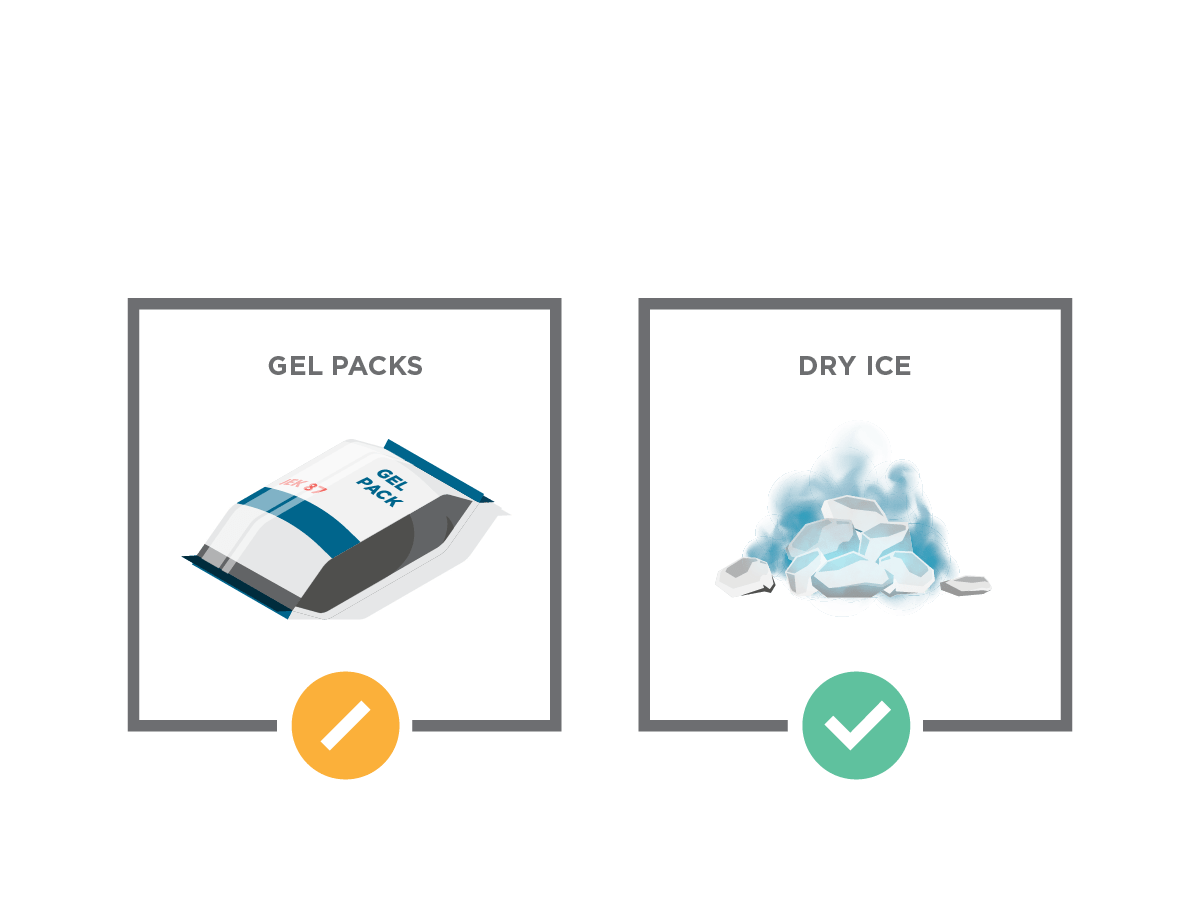
Gel packs are good coolant, but they are traditionally wrapped in unrecyclable plastic. Dry ice is a great coolant that disappears after usage.
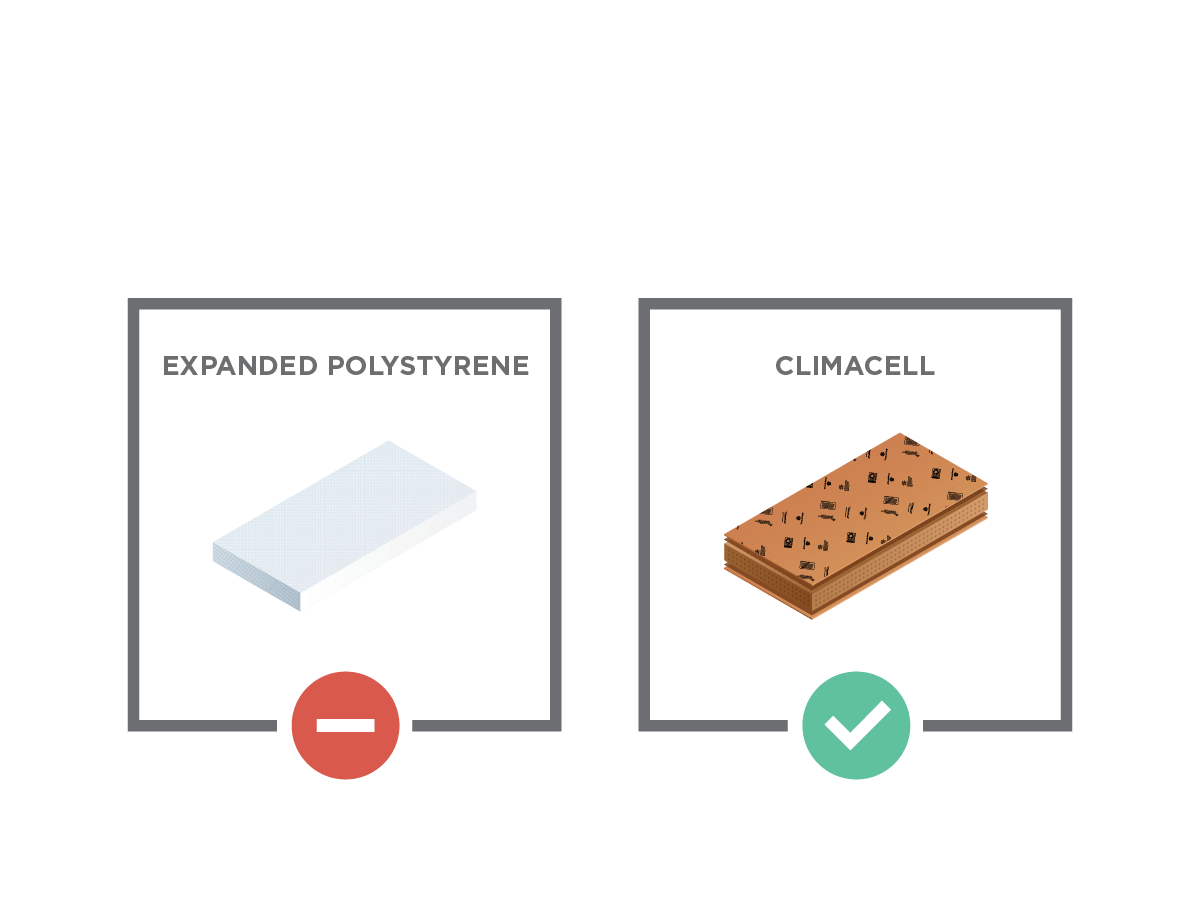
EPS is an old and effective insulator, but is extremely bad for the environment, both in its manufacturing process and end of life. New insulators like ClimaCell perform as well as EPS and are fully curbside recyclable.
Insulation
Insulation is material that doesn’t allow air (and therefore heat) to transfer. It keeps the cold in, even when it’s very hot outside.
- Expanded Polystyrene (EPS), better known as Styrofoam, is the most widely-used insulation. It’s effective as an insulator, but it’s an oil based plastic and is considered a likely carcinogen by the World Health Organization.
- Other materials have entered the market, including repurposed plant fiber, recycled PET, corn starch, and ClimaCell.
Shipping Container
Shipping Containers are the outermost barrier of an insulated shipper - typically a corrugated box.
- These are typically the most sustainable part of the solution, since they are plant-based and curbside recyclable.
- Corrugated boxes are the most widely-recycled material in the country. They are recycled correctly 92% of the time, according to the EPA.
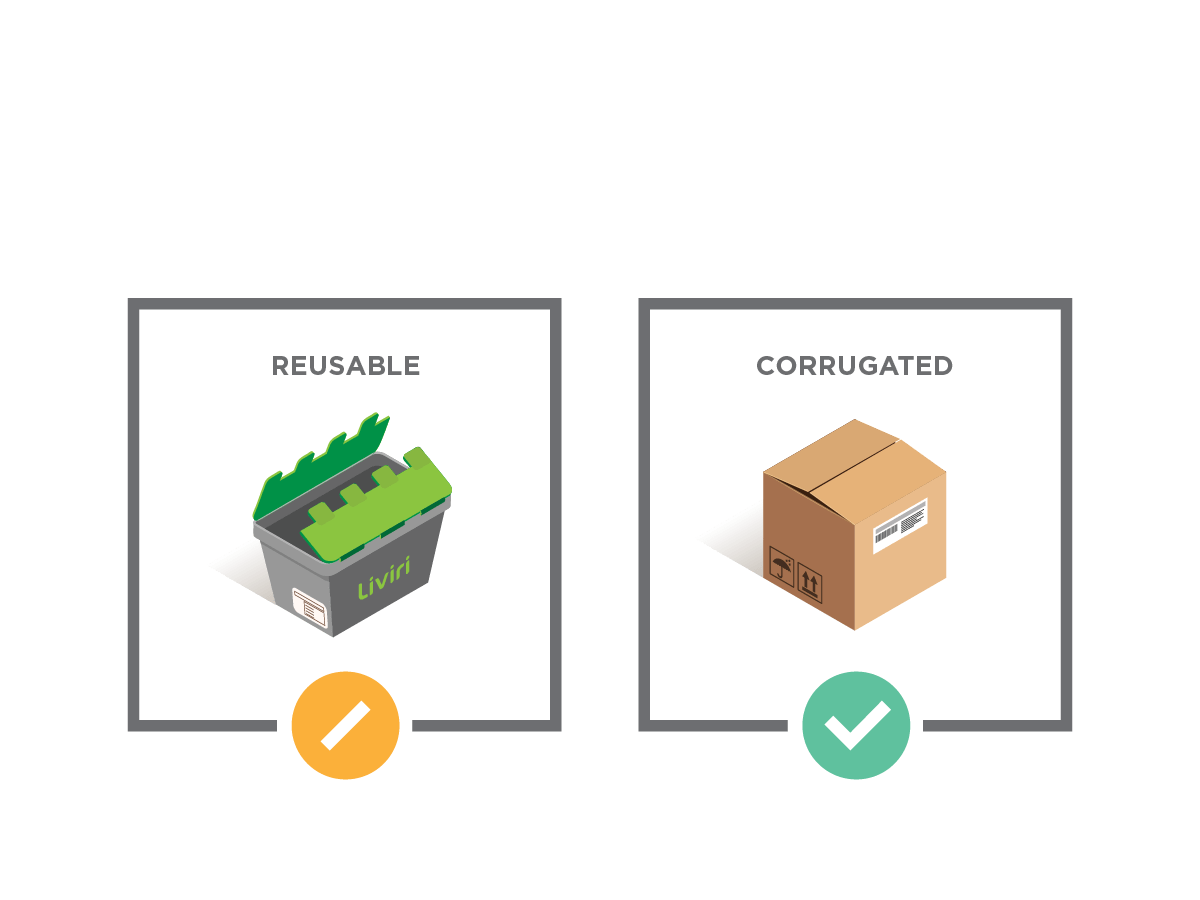
There has been a lot of press about reusable packaging. While the benefits are great for these types of shipping containers, their practicality in real-life situations is bad. Many of these containers are built stronger than necessary and never see the lifespan they were originally intended for.
The good news is, recent years have brought innovation to both coolants and insulation, to put more sustainable packaging within reach.
At TemperPack, we’ve focused on insulation, with ClimaCell being our latest innovation, and we believe the most complete thermal insulation on the market:
- Delivers high thermal performance similar to that of EPS, with comparable R-Values at equal thicknesses.
- Highly customizable material allows packouts to be designed to minimize DIM weights and shipping costs.
- Ships in flat panels for more efficient warehouse and truck space use.
- Semi-rigid, weight bearing material which can be easily folded and assembled in the fulfillment center.
- Made using plant-based inputs.
- Low-energy manufacturing process. Reduces CO2E emissions by 94% compared to manufacturing EPS.
- 100% curbside recyclable. The first curbside recyclable, thermal insulator to receive the “Widely Recyclable” designation from How2Recycle®, a program from the Sustainable Packaging Coalition.
Part 4
A Guide To Transitioning To Sustainable Thermal Packaging
The process of transitioning to temperature-controlled sustainable packaging begins with CHANGE:


C - Consider The Impact
Take the time to assess the impact your choices will make on both your company and the future of your product. Will your eco-friendly packaging options maintain the three pillars of sustainability?

H - Handle The Details
Many minute details should be considered when switching to sustainable thermal packaging. Assess the temperature specifics, shipment climate, and time frame of your particular product or products. As always, TemperPack welcomes any conversations about sustainability details with our on-site innovation experts.

A - Assess End-Of-Life Options
One of the best parts of transitioning to temperature-controlled sustainable packaging is discovering the best possible end-of-life options for the material in question. Your packaging options are made further sustainable by including curbside recycling, composting, or biodegradable qualities that increase your impact on reducing the packaging footprint.

N - Note The Testing Process
Nothing about your decision to transfer to sustainable thermal packaging should be on a whim. TemperPack offers clients an innovative testing lab that can accurately predict the outcomes of your product paired with our packaging solutions, all without the sunk cost of valuable products.
This process has assisted dozens of industries during the initial planning stage, especially pharmaceutical companies, and related distributors.

G - Gather Your Results
Temperature-controlled sustainable packaging produces widespread and measurable results felt in every aspect of your business. Carefully measuring changes to your ROI, your consumer base, and the environment are great ways to visibly keep track of how your company may be combatting plastic pollution with sustainable bio-based packaging.

E - Evaluate Your Impact
Several industries are already benefiting from this type of packaging in major ways, especially pharmaceutical, life science, and food industry providers.
As companies begin to make the necessary changes and leap into the sustainable packaging industry, TemperPack is proud to offer comprehensive and affordable solutions within this growing industry of packaging and beyond.
Part 5
How Will You Benefit From Transitioning To Sustainable Thermal Packaging?
The benefits included with transitioning from single-use packaging to sustainable thermal solutions go far beyond reducing your carbon footprint. Making the switch to eco-friendly sources will affect your entire production system from development to manufacturing to shipment.
Consumers want it.
Many surveys show consumers want sustainability, and a new study shows they mean it: 50% of the growth in CPG products came from brands with sustainability claims.
Regulation is coming.
EPS has been banned in Maine and several major localities. Switching to plant-based, recyclable packaging now eliminates this risk to your business.
It's better for the planet.
Manufacturing ClimaCell reduces carbon emissions by 94% compared to EPS.
You can reduce costs.
Many renewable materials like ClimaCell are much more customizable for specific payloads and shipping requirements than EPS. This creates a real opportunity for a net gain in packaging and shipping spend.
We’re Here to Help.
Making the switch from traditional materials to sustainable and eco-friendly packaging is no longer a part of the distant future, but a current reality that companies must embrace to maintain a high ROI, nurture their stakeholder relevance and reduce their overall impact on our planet.
While it may not seem like an easy transition, sustainability in all aspects of your business begins with a commitment from you and all members of your company.

